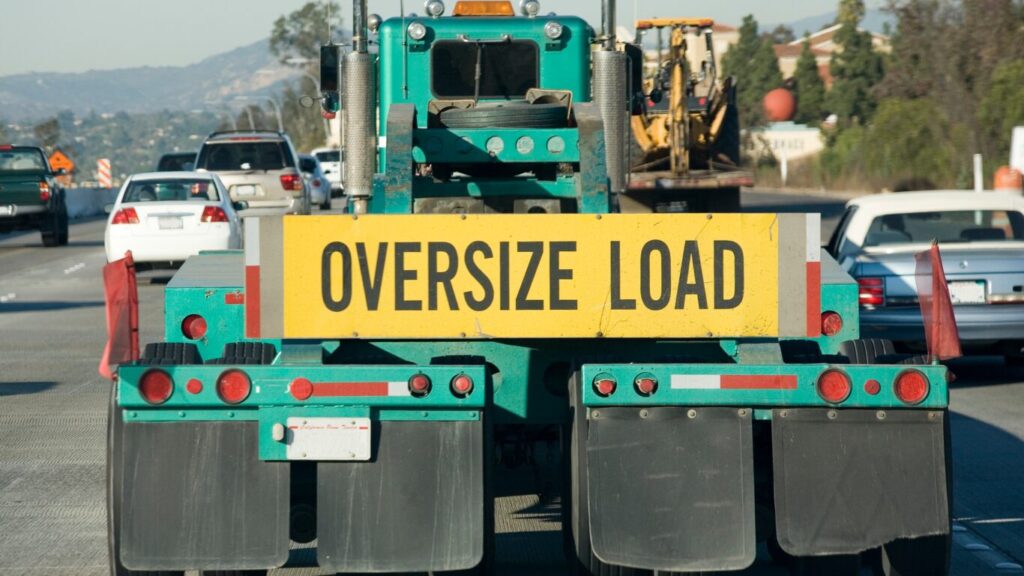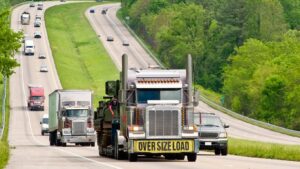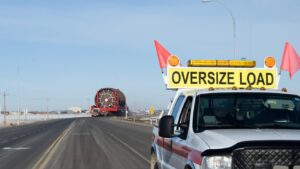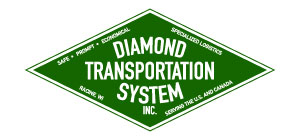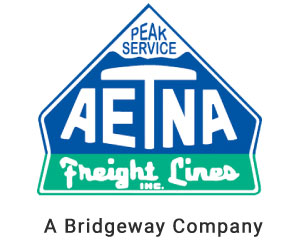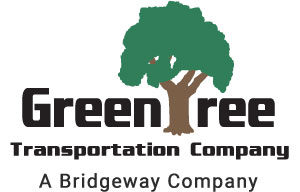What Is an Oversized Load? A Complete Guide by Osage Specialized Transport
When you hear the term oversized load, what comes to mind? At Osage Specialized Transport, we know it’s more than just something large—it’s a load that requires special equipment, careful planning, and compliance with regulations. In this guide, we’ll walk you through everything you need to know about transporting an oversized load: what qualifies, how to plan and execute transport, the regulations involved, and best practices.
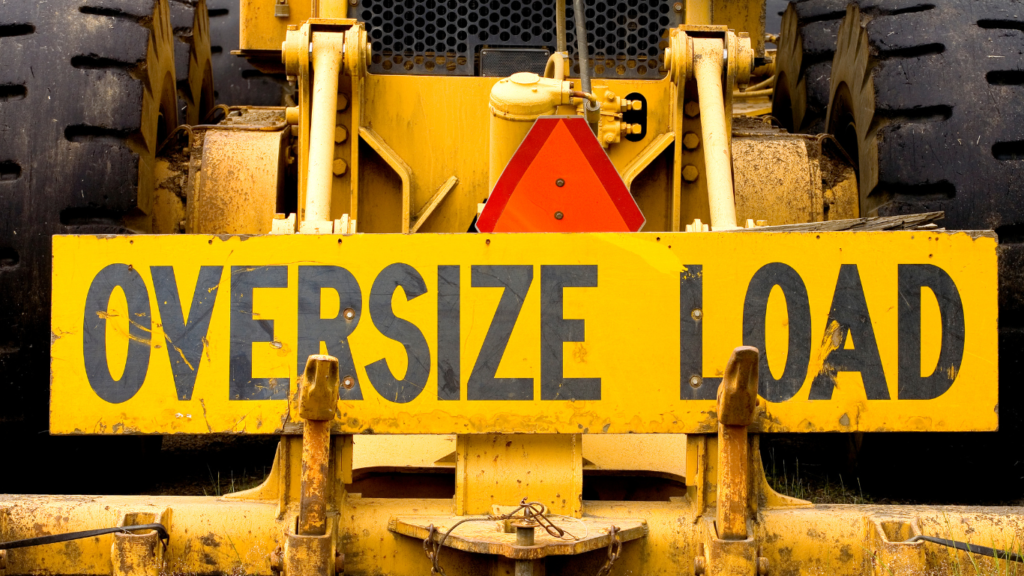
What Qualifies as an Oversized Load
An oversized load is any freight that exceeds the standard legal dimensions or weight set by transportation authorities. This usually refers to:
- Height beyond designated clearances (overpasses, bridges, tunnels)
- Width more than the lane or road allows
- Length beyond typical trailer or roadway limits
- Excessive weight, even if dimensions are within limits
Each state (and province, in the case of cross-border shipments) has its own thresholds for when a load becomes oversized. For example, a width of more than 8.5 feet (in many U.S. states) may require special permits. These thresholds can vary, so it’s crucial to check local rules.
Why Special Handling Is Needed
Moving an oversized load is not the same as hauling standard freight. There are risks and logistical challenges:
- Clearance issues: Overpasses, power lines, bridges—if you don’t account for them, you’ll get stuck.
- Road safety: Wider loads may obstruct multiple lanes or drift into adjacent lanes; turning and maneuvering become harder.
- Infrastructure stress: Heavier loads can damage roads, bridges, or pavement if weight isn’t properly distributed.
- Public safety & traffic: Oversized loads may cause slowdowns, need escorts or pilot vehicles, and require shutdowns or detours.
Because of these issues, transporting an oversized load requires more planning, more responsible execution, and more compliance.
How to Transport an Oversized Load: Steps & Best Practices
Here’s a high-level roadmap to transporting an oversized load safely:
- Measure and Define the Load
Before anything, measure height, width, length, and weight. Include attachments, overhangs, and securing hardware. These numbers will guide route planning, permits, and equipment choice. - Equipment & Trailer Selection
Depending on the dimensions and weight, different trailers are needed:- Flatbed trailers
- Step-deck or drop-deck trailers
- Stretch trailers
- Multi-axle or modular trailers for very heavy loads
- Route Planning
Map the full route from origin to destination, accounting for:- Height and width clearances (bridges, overpasses, tunnels)
- Road and bridge weight limits
- Permitted travel times (many jurisdictions restrict oversized load travel to daytime or certain hours)
- Seasonal/weather constraints
- Permits & Regulations
- Permits: You’ll need one or more oversize or overweight permits. These might be from state DOTs, local municipalities, or federal authorities.
- Escort/pilot vehicles: Some oversized loads require pilot cars to precede or follow the load for safety.
- Notification and signage: Oversized load markings, flags, lights, and possibly law enforcement coordination in some areas.
- Insurance & liability: Because of the increased risk, weigh your insurance and liability exposure carefully.
- Loading, Securing, & Inspection
Once on site:- Load carefully, centering weight and ensuring balance
- Use proper tie-downs, chains, straps—rated for the load weight
- Double-check clearances while loading
- Perform inspections before departure and mid-route, if feasible
- Transport Execution
- Monitor weather, traffic, road conditions
- Use trained drivers with experience in oversized load transport
- Use communication among pilot vehicles, dispatcher, and driver
- Be ready for contingencies (road closures, low clearances, detours)
- Delivery & Offloading
On arrival, ensure there is adequate space and equipment to offload. Check that the area can support the weight. Inspect load for any damage.
Regulations: What You Should Know
Transportation of oversized loads is heavily regulated to ensure safety and protect infrastructure. Key regulatory considerations include:
- Federal vs. State Laws: In the U.S., there are federal regulations (e.g., related to bridges or interstate highways) as well as state and local rules. You must adhere to all that apply.
- Dimension & Weight Limits: Each jurisdiction has specific limits for height, width, length, and weight.
- Permitting Procedures: These vary: some states issue permits quickly online; others require more lead time, inspections, and fees.
- Time Restrictions: Many states limit oversized load transport to certain hours (e.g., daylight only), days (no weekends or holidays), or seasons (avoid winter in northern zones).
- Escort Vehicles & Signage: Requirements for pilot cars, flaggers, or signage differ; often mandatory if width or length exceed regulated thresholds.
- Insurance & Compliance Audits: High liability means insurance must cover risk; inspections or audits by authorities may happen, especially for repeat heavy haulers.
Why Choose Osage Specialized Transport for Your Oversized Load
At Osage, we bring over 40 years of experience in handling oversized loads safely and efficiently. We understand that transporting an oversized load isn’t just about hauling—it’s about planning, compliance, expert drivers, specialized trailers, and excellent customer service. Here are some ways Osage stands out:
- Extensive fleet with stretch flatbeds, heavy haul trucks, and specialized trailers
- Deep understanding of route planning, permitting, escort needs, and regulatory compliance
- Local and national experience; familiarity with different state, provincial, and federal rules
- Responsive support and communication with clients during every phase of the transport
Your Next Step in Oversized Hauling
Transporting an oversized load can be complex, but with proper planning, equipment, and experienced partners, the risks are manageable and the process smoother. Whether it’s a tall piece of construction equipment, a wide module, or an extra-long structure, knowing what defines an oversized load, what regulations apply, and how to plan are all vital.
If you’re considering an oversized load haul, or just want to learn more, reach out to us at Osage Specialized Transport. We’d be glad to review your project, guide your route, and help make your transportation both safe and efficient.

